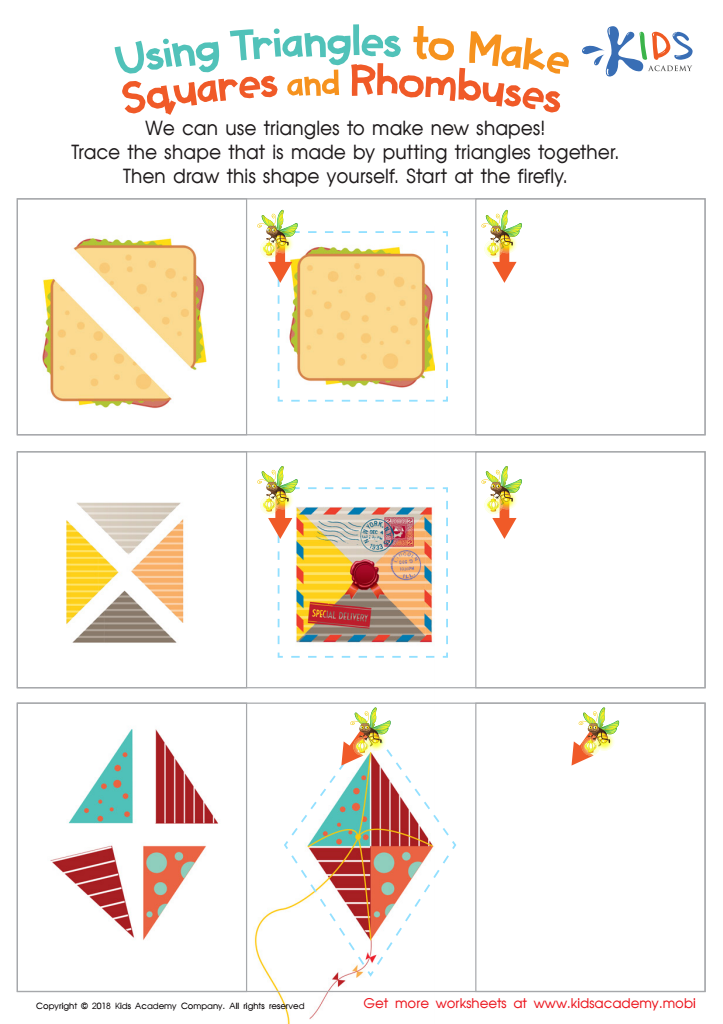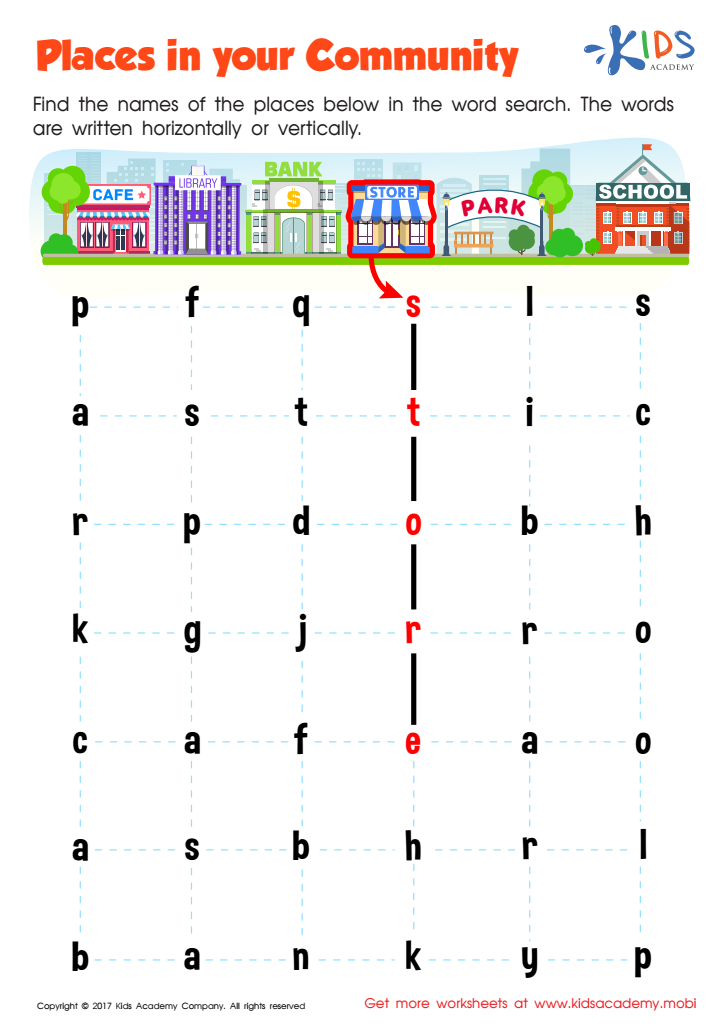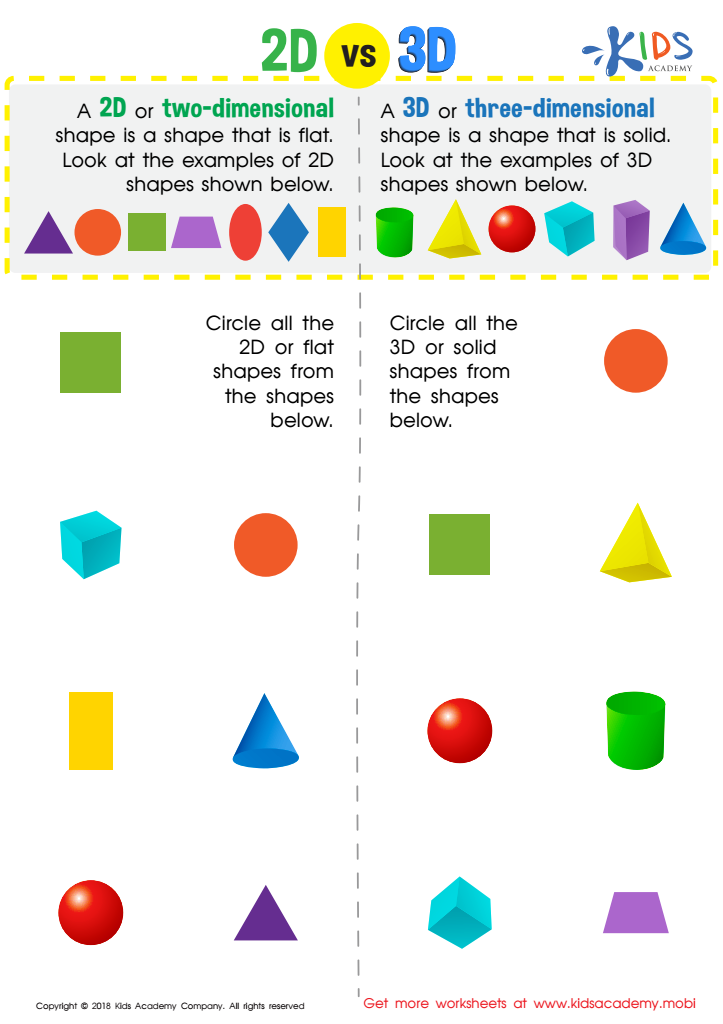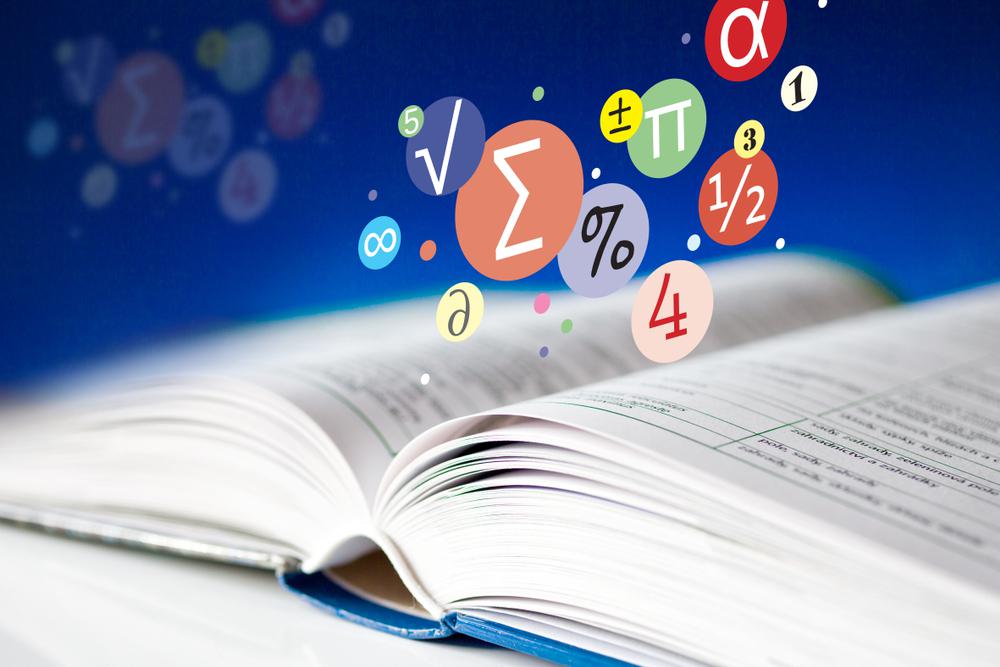Spatial understanding Normal Worksheets for Ages 3-9
3 filtered results
-
From - To
Discover "Spatial Understanding Normal Worksheets for Ages 3-9," where young minds embark on a journey to explore shapes, positions, and spatial relationships. Designed by educational experts, our worksheets offer age-appropriate challenges that enhance visual perception and cognitive skills. Perfect for preschool and elementary children, these activities help kids interpret and interact with the world around them. With engaging illustrations and progressively harder tasks, our spatial understanding worksheets ensure a fun and educational experience. Equip your child with essential skills for future learning adventures. Join today and watch their spatial reasoning flourish!


Using Triangles to Make Squares and Rhombuses Worksheet


Places in Your Community Worksheet


2D vs 3D Shapes Worksheet
Spatial understanding is crucial for children aged 3-9 because it serves as the foundation for a wide range of essential skills that impact their daily lives and academic success. At this developmental stage, children transition from understanding the world around them in very concrete terms to grasping more complex ideas, such as distance, direction, shape, and size. Effective spatial skills help children navigate their physical environments more safely and independently, contributing to greater self-confidence.
In academic contexts, spatial abilities are closely linked to success in subjects such as mathematics, science, and even reading. Concepts like geometry, measurement, and data visualization all require strong spatial skills. Children who develop a good sense of spatial reasoning early on are better equipped to tackle problem-solving tasks and understand abstract concepts. Additionally, spatial skills improve fine motor skills, which are important for activities like writing and using tools.
Spatial understanding also accelerates cognitive development and language acquisition. As children engage in activities requiring spatial judgment, they learn to describe their world more accurately and develop a richer vocabulary. Parents and teachers can foster this growth through play-based learning, puzzles, building blocks, drawing, and other hands-on activities.
In summary, nurturing spatial understanding from an early age empowers children to thrive academically, socially, and physically, laying a solid groundwork for lifelong learning and problem-solving skills.
 Assign to My Students
Assign to My Students




















